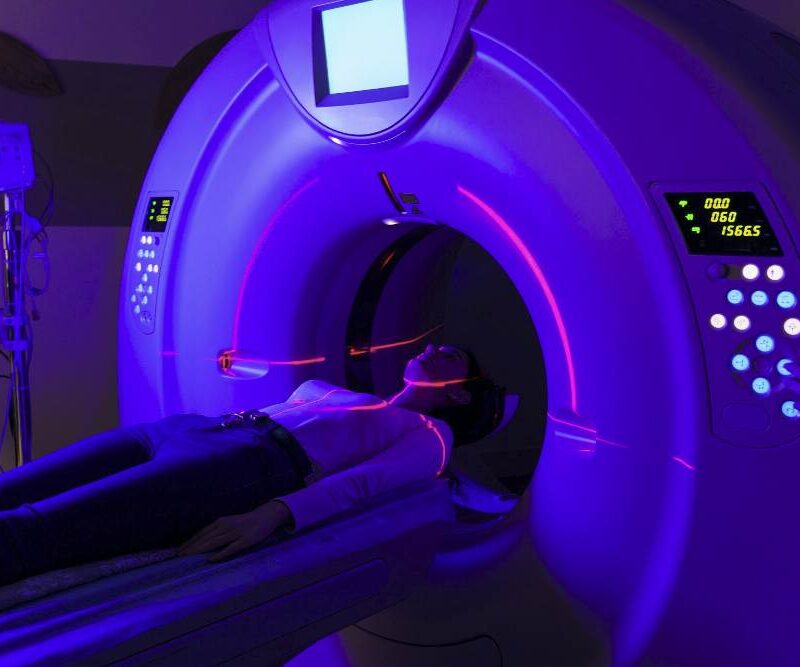In the realm of modern medicine, urology has seen significant advancements, particularly in the development and application of minimally invasive techniques. These approaches have revolutionised patient care, offering alternatives to traditional surgery that reduce hospital stays, minimise discomfort, and hasten recovery. Below, we explore four pioneering minimally invasive techniques that have become cornerstones in the field of urology.
1- Ureteroscopy for Stone Management
One of the most common urological issues is the formation of kidney stones, which can cause severe pain and urinary tract blockages. Ureteroscopy involves the use of a small, flexible scope to inspect the ureter and kidneys, allowing the urologist to directly visualise and remove stones. This method is particularly effective for stones located within the ureter and can be performed under general anaesthesia, with patients typically returning home the same day.
During a ureteroscopy, if a stone is too large to be removed in one piece, it can be fragmented using a laser. This technique is highly effective and has a lower risk of complications compared to open surgery. Moreover, it avoids the need for external incisions, as the scope is inserted through the natural urinary passages.
2- Extracorporeal Shock Wave Lithotripsy (ESWL)
For patients with smaller kidney stones, extracorporeal shock wave lithotripsy offers a non-invasive alternative. This technique uses shock waves, generated outside the body, to break kidney stones into smaller fragments that can be passed naturally through the urinary tract.
ESWL is particularly appealing because it avoids direct intervention, significantly reducing recovery time and the risk of infection. However, not all stones are suitable for ESWL, and its effectiveness can vary based on the stone’s size, location, and composition.
3- Laparoscopic Surgery
Laparoscopic surgery, or keyhole surgery, has become a staple in urological procedures for conditions such as prostate cancer, kidney disorders, and bladder issues. This technique involves small incisions through which a camera and surgical instruments are inserted, allowing the surgeon to perform procedures with precision and minimal trauma to the patient. The benefits of laparoscopic surgery include reduced post-operative pain, shorter hospital stays, and quicker return to daily activities.
The advancement of robotic assistance has further enhanced the capabilities of laparoscopic surgery. Robotic arms, controlled by the surgeon, can manoeuvre with greater flexibility and precision than human hands, potentially improving surgical outcomes, especially in complex procedures like prostatectomies.
4- Percutaneous Nephrolithotomy (PCNL)
For larger kidney stones or those that cannot be effectively treated with ESWL or ureteroscopy, percutaneous nephrolithotomy (PCNL) offers a minimally invasive solution. This procedure involves making a small incision in the back to directly access the kidney, allowing for the removal of large stones. PCNL has a high success rate for eliminating kidney stones in a single procedure, making it an invaluable option for patients with significant stone disease.
The evolution of minimally invasive techniques in urology underscores a commitment to enhancing patient care through innovation. These methods not only offer effective treatments for a range of urological conditions but also reflect the broader trends in healthcare towards procedures that prioritise patient comfort, safety, and outcomes.
As technology continues to advance, we can anticipate further improvements in these techniques, reducing the impact of urological surgery on patients’ lives and setting new standards for care in the field.







